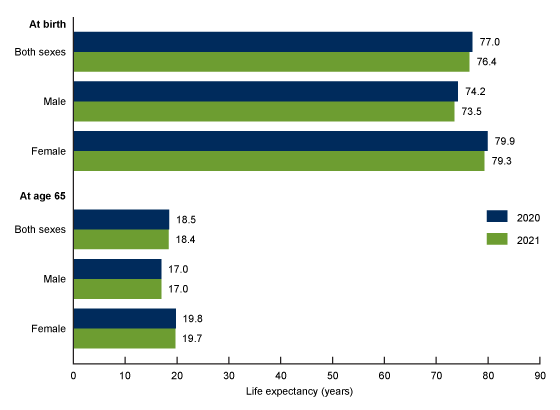
The Pan Am Flight 103 crash site was in Lockerbie, Scotland
The Libyan man convicted of the Lockerbie bombing was released in August 2009. The official justification for the early liberation was compassion, based on a prognosis of impending death – physicians were giving the man a life expectancy of 3 months. The fact that the man is still alive, now, and that he may still survive several years has shocked several, who now question the validity of the medical assessment that led to his liberation. Some commentators could see this as evidence that the true reasons behind the liberation were other than medical. There are, however, a number of alternate explanations.
First, and somewhat paradoxically, the assessment of 3 months may have been entirely accurate. A calculation of life expectancy is fundamentally, by definition, an average. It is an estimation of how the disease would progress (and life conclude) for a group of like patients, in the condition in which this particular patient is found. Among that group, not all would be expected to die at the same time. By prospectively estimating the many survival times of all patients, one can find an average. In some cases (e.g., a particular kind of cancer and a particular stage) there could be a skewed distribution of survival times, where 90% of patients survive for only one month, and 10% survive for 21 months. The life expectancy of this group would be 3 months, and our man could be in the fortunate 10%.
Second, it is quite possible that a standard scientific life expectancy calculation was not actually performed. Though incompetence may not be reassuring, it certainly should not be confused with politico-financial machinations. “The final assessment of prognosis was made by Dr. Andrew Fraser taking into account the deterioration in his clinical condition.” Upon reading this report it does not appear that a life expectancy calculation using the standard scientific method was actually performed (no articles are cited and no life table is provided). Quite possibly, this may have been the nonscientific ‘according to my wisdom and experience’ synthesis we often see erroneously applied.
Third, there is always the remote and unlikely chance that a significant and major medical advance may have occurred. A life expectancy calculation is a function of the current state of medical science. Rarely would radically transformative advances occur so swiftly as to dramatically alter such a short estimate, but it is technically possible that new modes of treatment have been discovered. Here, it appears unlikely, as there appears to have been no major recent advance curing metastatic prostate cancer.
We should therefore not conclude based solely on the fact that this man survived longer than his 3 month life expectancy that the release was in fact not granted for humanitarian reasons. There are plenty of alternate explanations for the disparity between the predicted and observed outcomes. That said, it is of course possible that politics were indeed involved. But that’s a topic beyond the realm of life expectancy analysis.






You must be logged in to post a comment.